【Video】 The Hina Doll Festival of the Owari Tokugawa Family
- Return to INDEX
- National Treasure Inuyama Castle
- Inuyama Festival
- Nagashino Battle Flag Festival
- Junihitoe Dressing show
- Beauty of Japanese sword
- Tokugawaen & Hosa library
- The Doll Festival of the Owari Tokugawa Family
- Osu Street Performing Festival
- Akibasan Fire Festival
History of the Hina Doll Festival
The origin of Hina Doll Festival is said to be found in ancient Chinese ritual practices, in which people went to the waterside to cleanse their bodies for purification and wash away invisible misfortunes as an annual seasonal event on the First Serpent Day of the Third Month, After the ritual, people held banquets,drinking wine and enjoying poetry. These practices were brought to Japan about 1300 years ago, and in the Heian period(794-1185/92) countriers held activities such as the Kyokusui-no-en(winding stream banquet),or drinking"peach wine" on this day. In the Third Month of the lunar calendar, the peach trees were blossoming, and the event was also known as the "peach festival."In Japan, people also held rituals in which they transferred their sins and impurities onto the body of a simple paper doll then released it into the water. This practice survives today in the form of nagashi-bina(dolls floated downriver) rituals that are still held in some localities in Japan.
Beside these, there were also small toy girls for girls called hiina(miniatures). Such dolls were described as early as 1000 years ago in the Tale of Genji, the world's oldest novel. Combining all of these practices, the Hina Doll Festival gradually became estabilished, starting among the coutiers, as an anuual festival to celebrate the healthy growth of girls and wish for happy marriages for them in the future by displaying a pair of male and female dolls.
Later, in the Edo period(1603-1868), the Hina Doll Festival became popular not only in samurai households but it also spread to marchant families. The dolls also developed into more lavish sets of miniature dolls depicting the entire imperial court with the odairi-sama(emperor doll) and ohina- sama(empress doll) on the top. During the 18th and 19 centuries, dolls depicting three ladies-in- waiting, five musicians, and three court attendants, as well as miniature furnishings imitating those of wealthy court or daimyo houses were also added. While the display stand for the dolls was two or three stages in the mid-Edo priod, with these additions more and more gorgeous platforms as high as seven or eight stages appeared toward the late Edo period.
The Tokugawa Art Museum
The Tokugawa Art Museum's Hina Doll Collection
The Tokugawa Art Museum has a large Hina Doll collection. The most gorgeous sets of dolls belonged to Lady Kanehime(1831-1902), who married the 14th Lord of Owari, Tokugawa Yoshikatsu(1824-1883), at the age of 19, It was customary for a daimyo's daughter to bring her Hina Dolls with her when she married into another daimyo family, so Kanehime's dolls were passed down in the Owari Tokugawa family and eventually came to the Museum.
All of Kanehime's Hina Dolls belong to the category of yusoku-bina. The term yusoku means "manners and customs of the imperial court," and the dolls conform to the many rules for the costumes, and hairstyles to be worn at court. The colors, materials and tailoring styles of the robes are determined according to the position and age of the wearer as well as the season and occasion for which they are worn, and yusoku-bina beautifully copy those different court costumes. Five larger pairs of odairi-sama and ohina-sama(more than 30 cm high) with a set of five musicians, and five smaller pairs of odairi-sama and ohina-sama(about 10 cm high) with a set of three ladies-in-waiting and a set of seven musicians have been preserved. They represent differrent types of costumes worn at the court, according to the rules of costume of the imperial household. Only members of the upper strata of society, such as imperial family members, court nobles, or feudal lords, were able to own yusoku-bina, because they were made by special order and expensive.
The Tokugawa Art Museum
*Gonin-bayashi:the five dolls depicting court musicians displayed at the Girls' Festival.
*Gosho ningyo:Dolls with a Gosho doll standing on a wooden dais with flowers or animals, and representing the Noh stage or lucky charms.
*Kai-awase:shell-matching game popular with court aristocrats during the Heian period.
*Hina-dogu:Hina Dogu means what made small the princess's the bride's household effects.
-
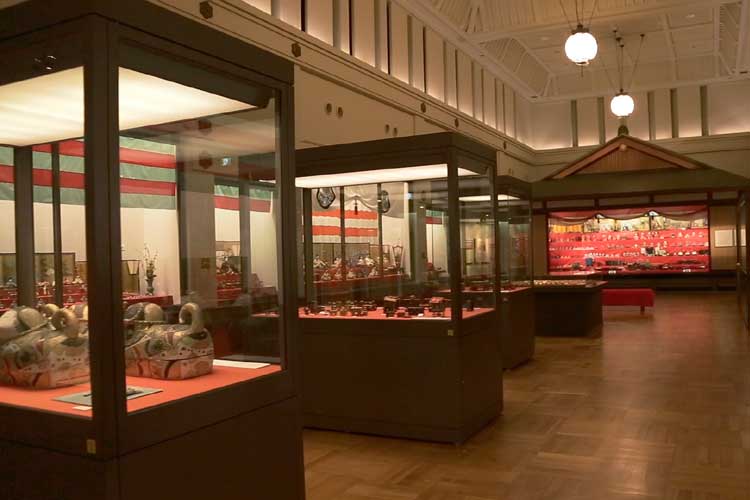
the old building of the museum
-
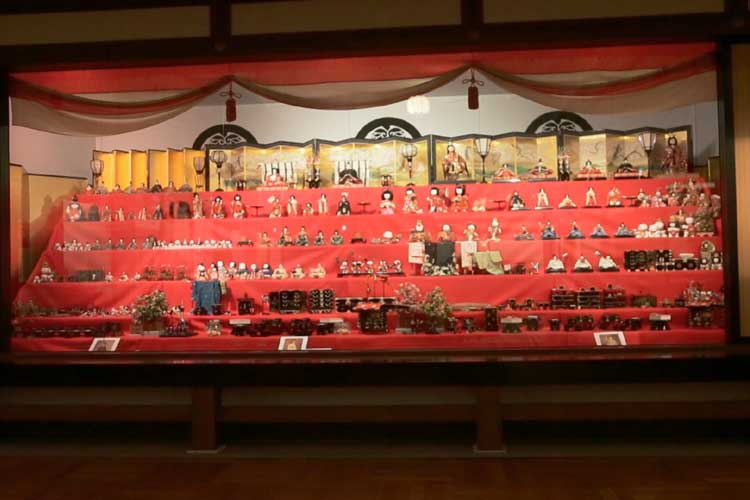
Hina Dolls of the three generations
-
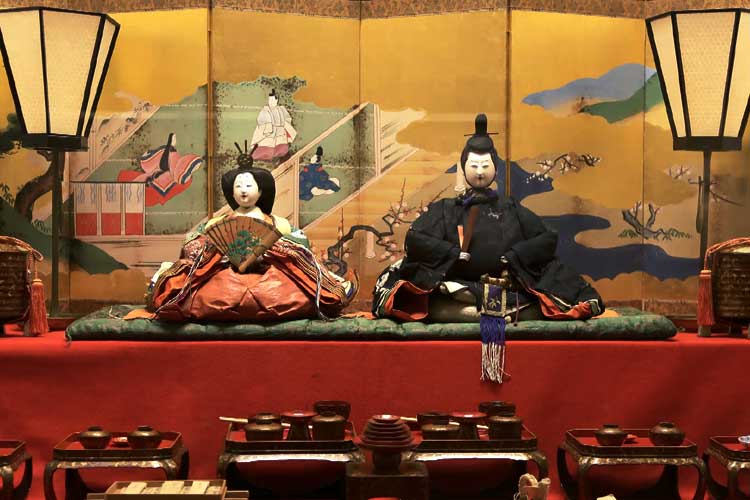
Kanehime's Hina Dolls
-
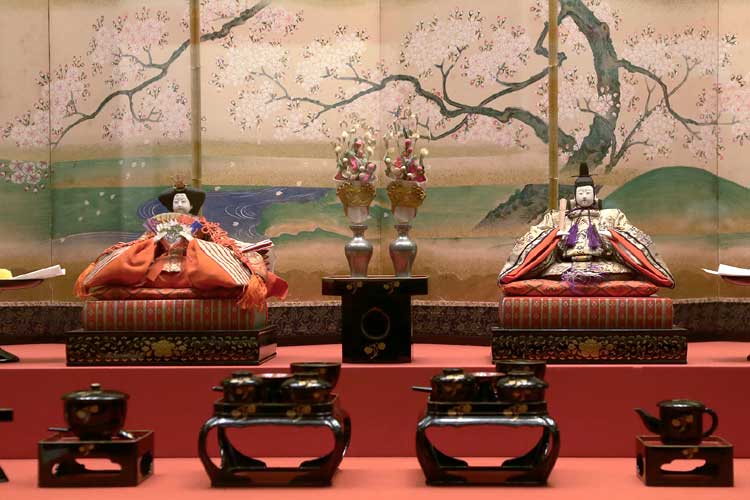
Takahashi Hiroko's Hina Dolls
-
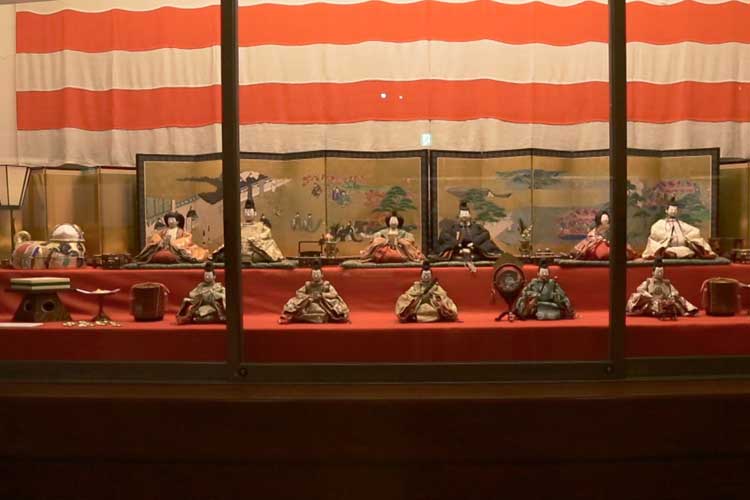
Kanehime's Hina Dolls
-
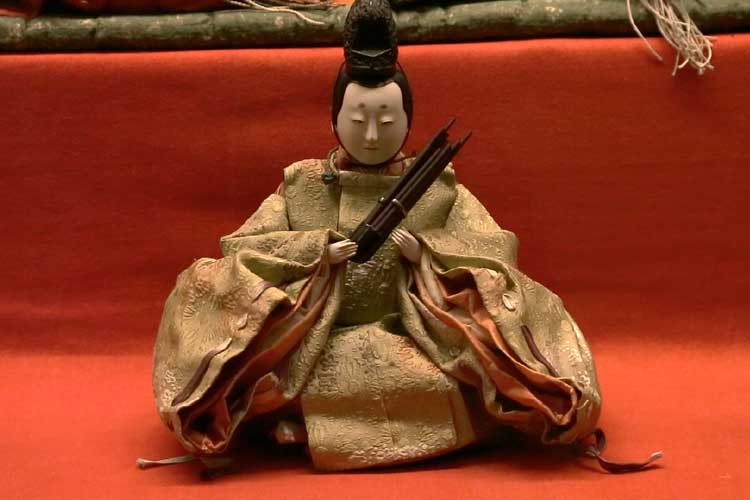
Gonin-bayashi
-
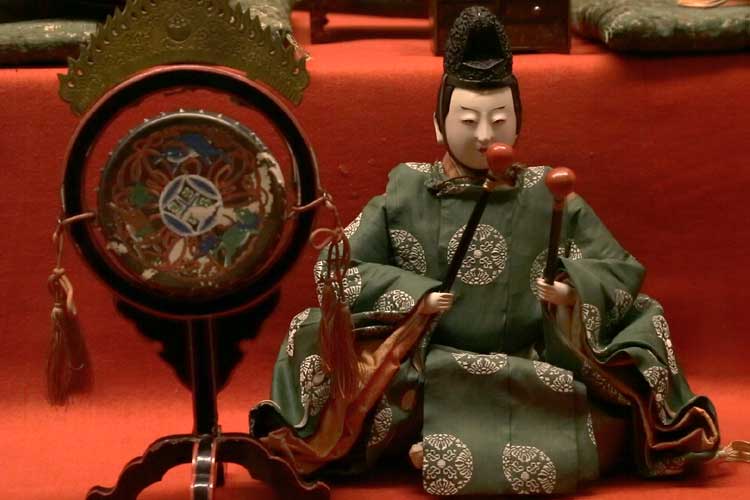
Gonin-bayashi
-
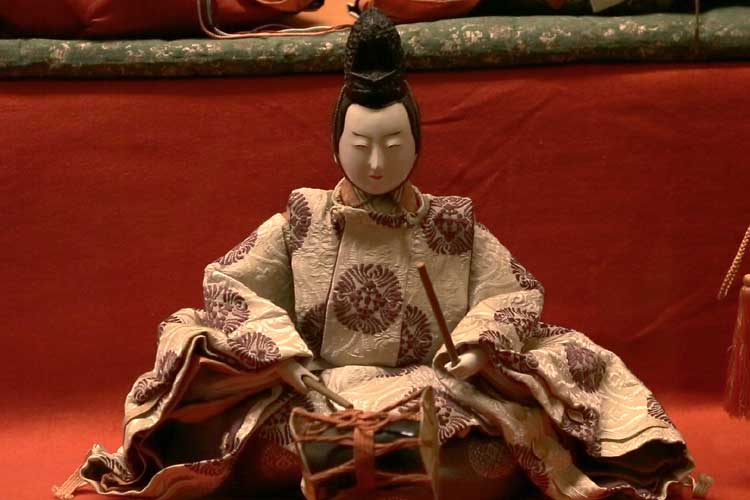
Gonin-bayashi
-
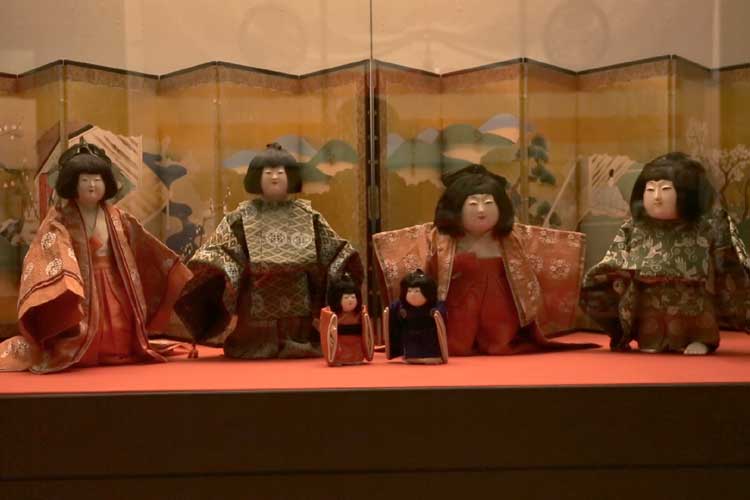
Gosho ningyo
-
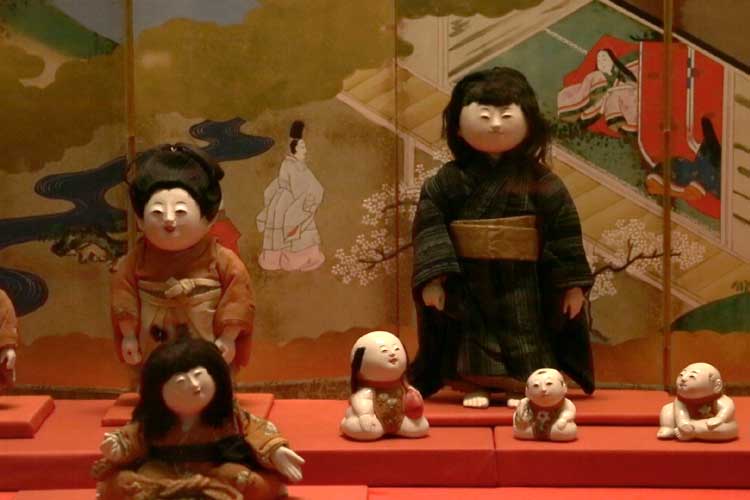
Gosho ningyo
-

Kai-awase
-
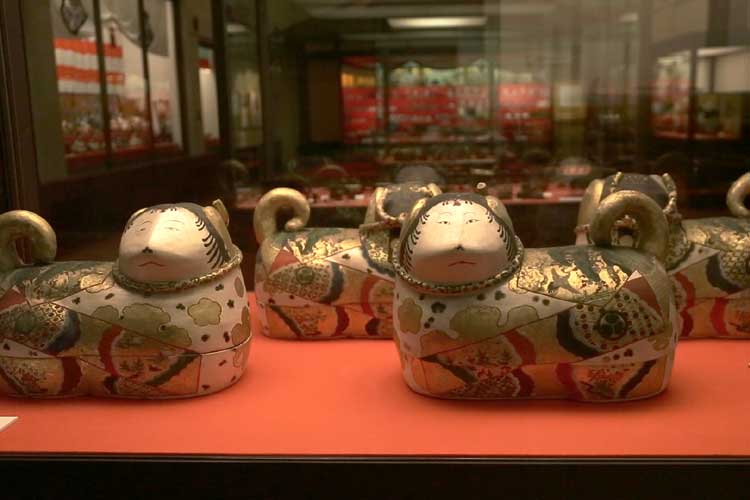
Inu-hariko(papier-mache dog)
-
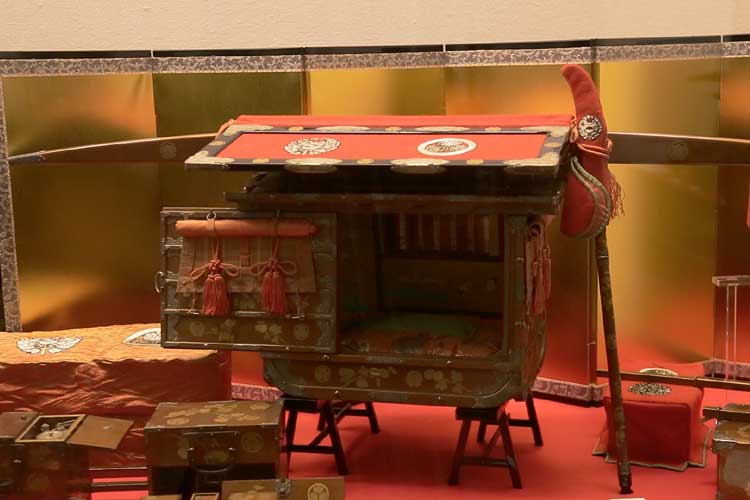
Hina-dogu
-
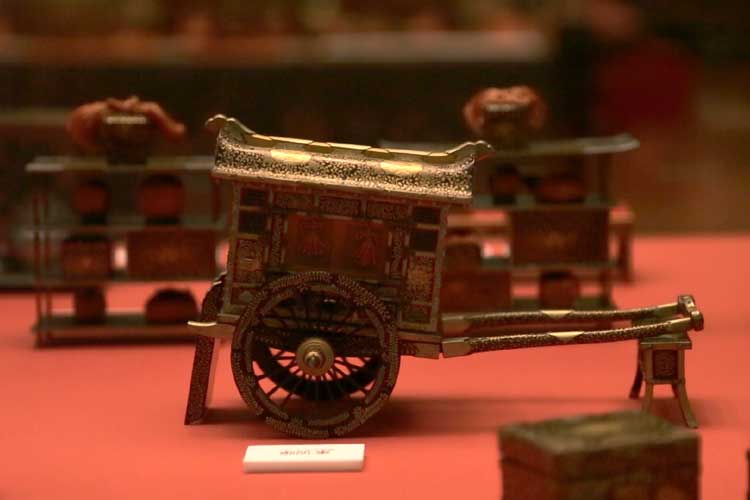
Hina-dogu
-
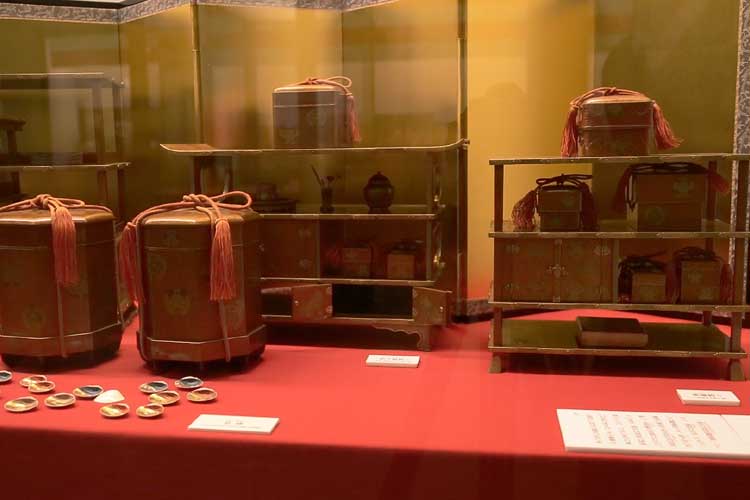
Hina-dogu
-
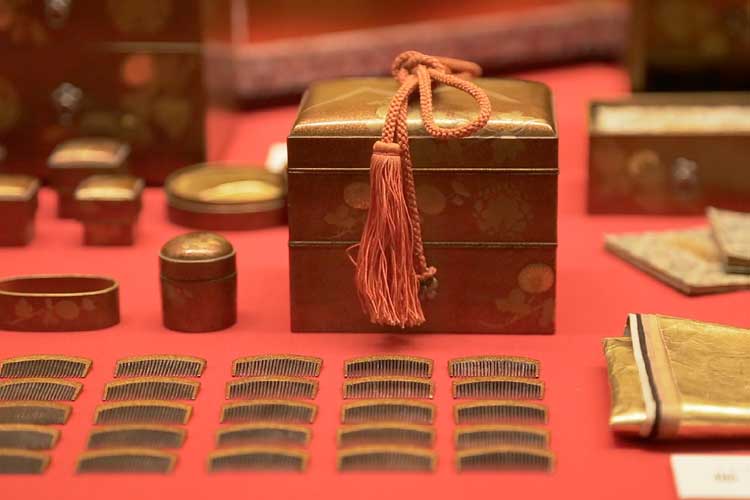
Hina-dogu
-
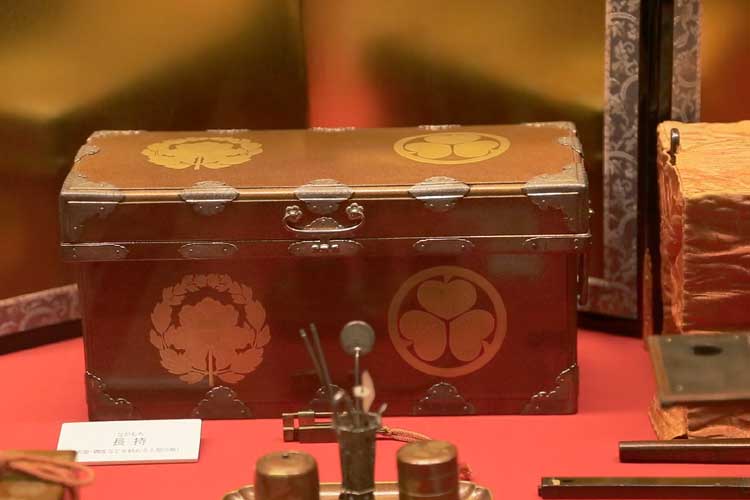
Hina-dogu
-
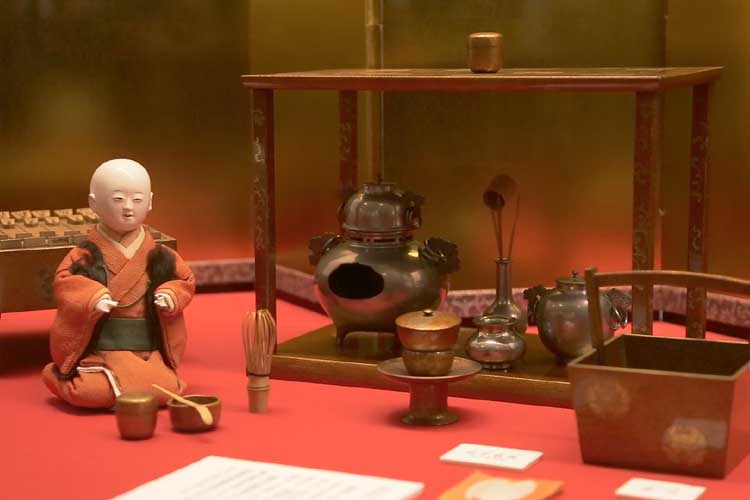
Hina-dogu
-
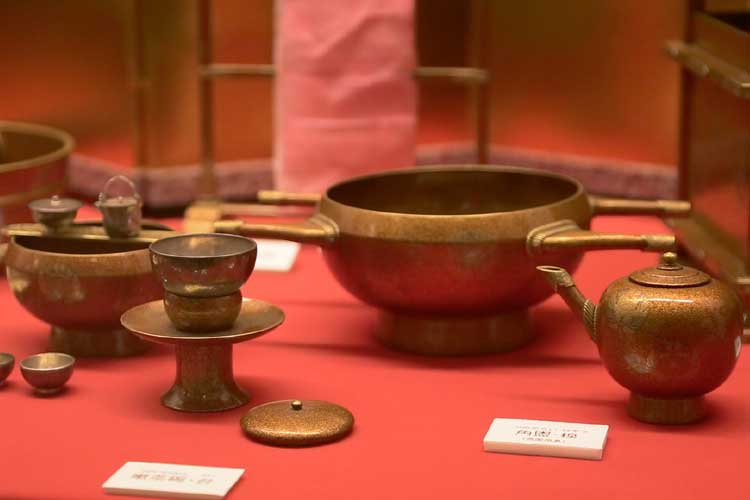
Hina-dogu
-
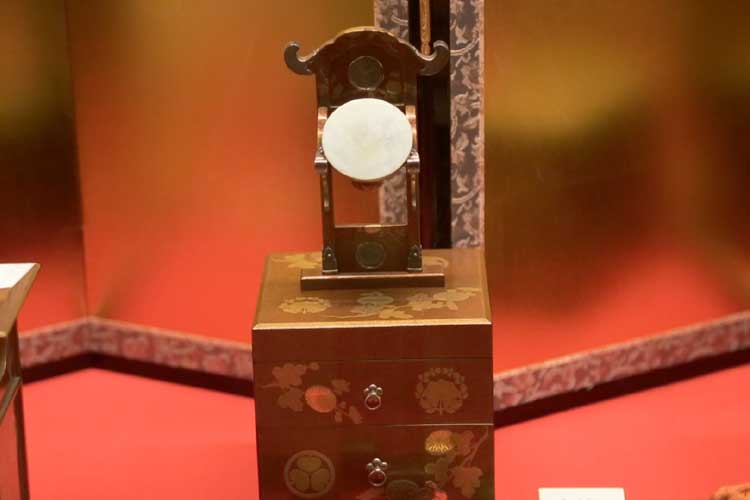
Hina-dogu
-
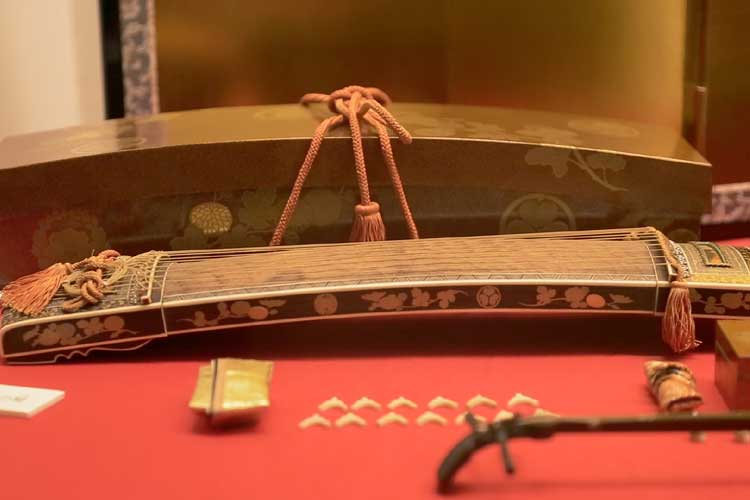
Hina-dogu
-
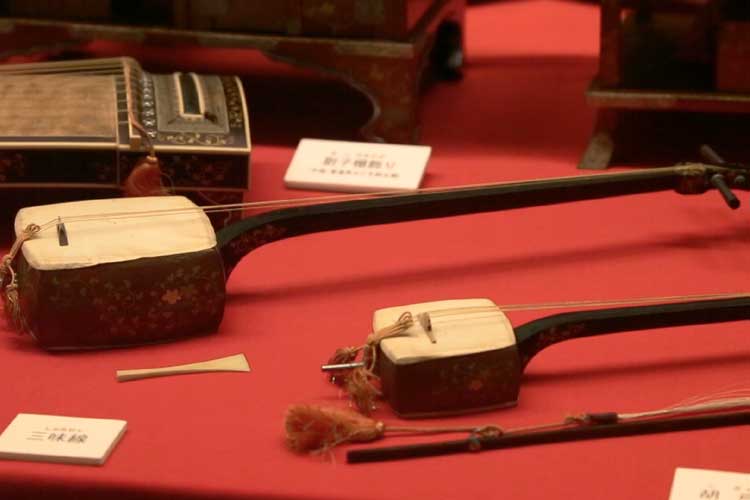
Hina-dogu
-

Hina-dogu
-
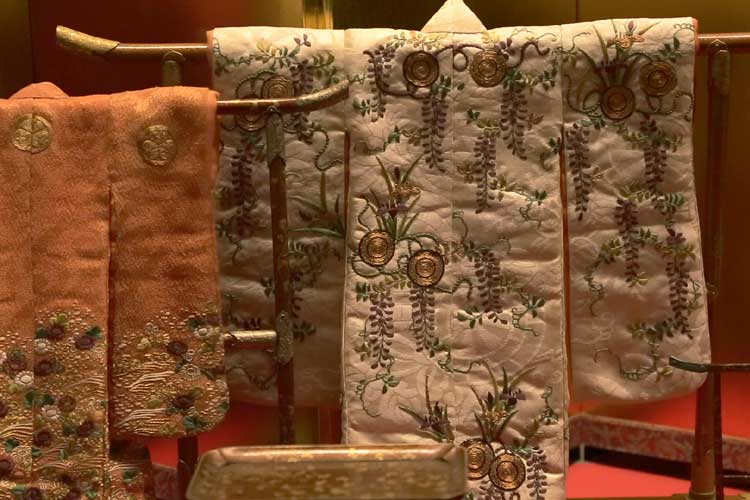
Hina-dogu


